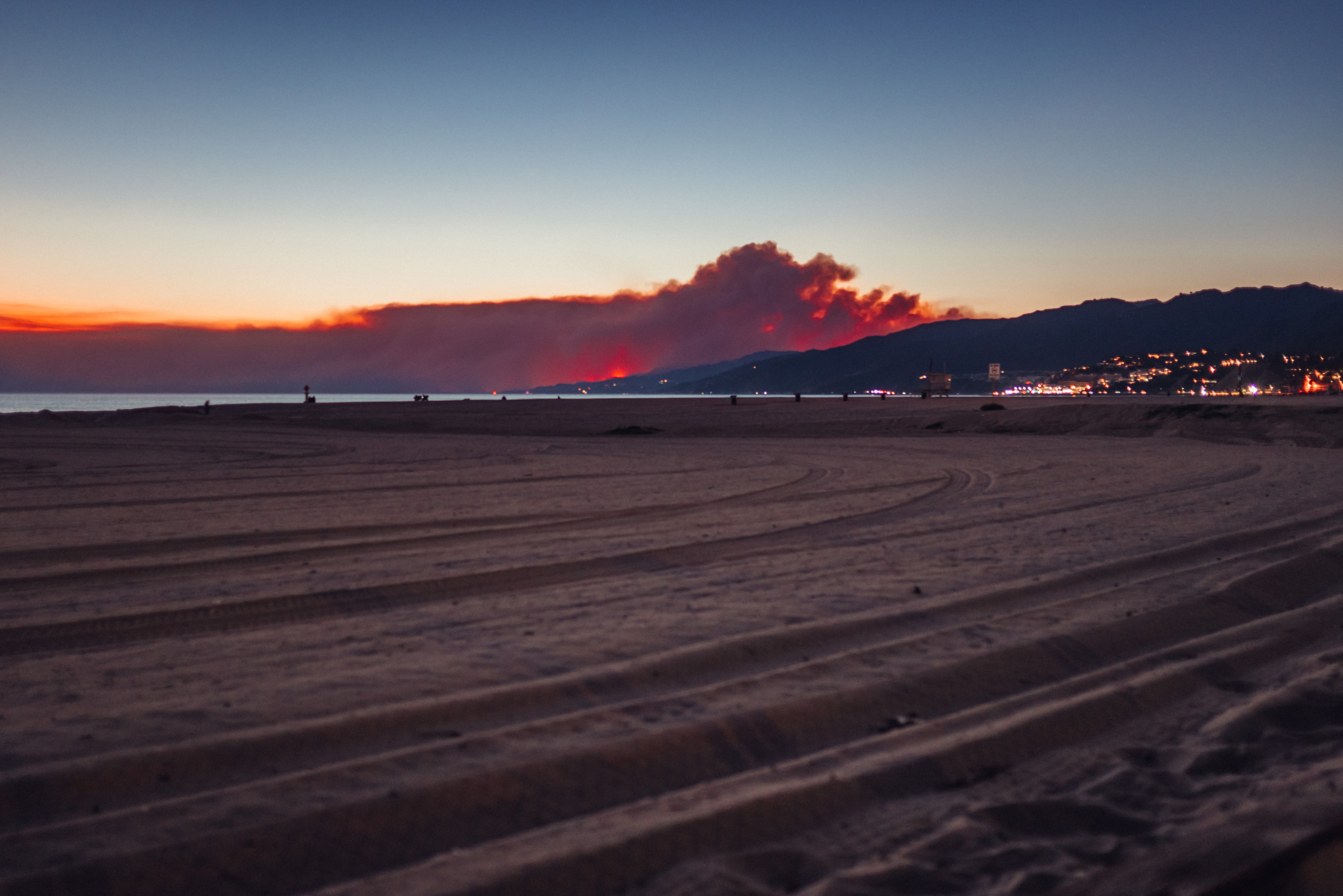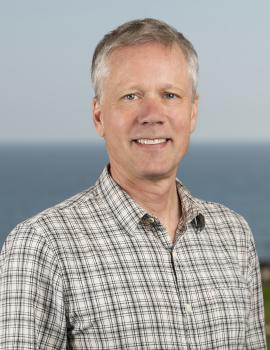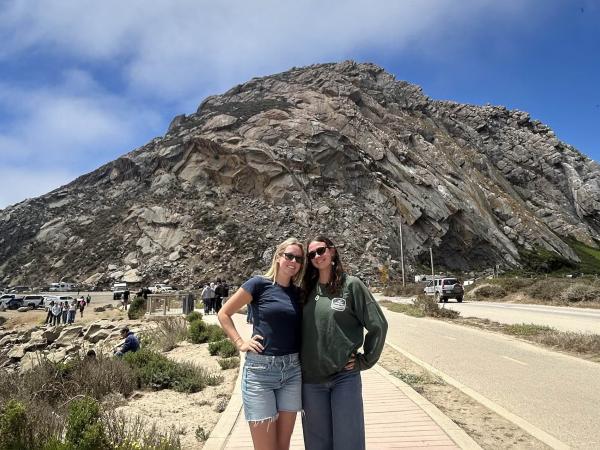
Higher-income, more-educated, and whiter communities are more likely to mobilize and access costly government agency wildfire "fuel treatment" prevention programs, according to a study by Bren researchers.
A new working paper published by Bren faculty Sarah E. Anderson and Andrew Plantinga, and Matthew Wibbenmeyer, former UCSB graduate student and current fellow at Resources for the Future, examines the efforts federal agencies undertake in the aftermath of a fire. They find that agencies increase fuel management programs most near affected communities with high socioeconomic status.
Download the working paper, Inequality in Agency Responsiveness: Evidence from Salient Wildfire Events, published by Resources for the Future.
Their key findings include:
- Nearby fires increase fuels treatment on federal lands adjacent to all communities, but more so in wealthy, white communities. Fuel treatments reduce fire intensity and lessen damage from future fires, so this inequality of response could lead to more wildfire risk in disadvantaged communities.
- Prior research shows that communities with more white, non-Hispanic residents have more resources to mobilize, which suggests that additional fire projects provided by government agencies may be at least partially a function of community mobilization. Facilitating community mobilization, such as the Ventura County Fire Safe Council's efforts to create widespread Community Wildfire Protection Plans, can help more equitably distribute fire risk.
The study was featured in an article by The New York Times. An excerpt:
"Wildfires have disproportionately severe effects on poorer households and people of color, who are often more physically exposed, less likely to have insurance and may struggle to rebuild, according to previous research. The latest findings suggest that the government’s decisions after a fire also make a difference, by prioritizing some places over others.
One of the most important ways the federal government can cut wildfire risk is through so-called “fuel treatment” projects: reducing the amount of flammable vegetation in fire-prone areas, using either heavy machinery or by burning it off with a carefully controlled fire, set intentionally and for that purpose. But those projects are expensive, and Congress provides the government with funds to treat just a small fraction of the land at risk from fire each year.
Dr. Wibbenmeyer and his colleagues wanted to find out whether suffering a wildfire would increase a community’s odds of getting a fuel project. They looked at more than 41,000 census blocks that had been within 2 kilometers (1.2 miles) of a wildfire between 2000 and 2011 and found that most neighborhoods were no more likely to get a fuel project than before.
But in areas that were wealthier, or had a smaller proportion of people of color, the story turned out to be different. Places where all or almost all the residents were white saw their chances of getting a fuel treatment go up by 30 percent. And those odds went up by 40 percent in places where few or no households were below the poverty line."
The authors explain that several possible channels can generate inequality in agency implementation decisions. "Agency implementation, governed by administrative procedures, is a function of legislative constraints, the political context, public pressure, and the agency’s own preferences," they write. "In this paper, we focus on identifying the role of public pressure. A formal model of agency decision-making in the face of lobbying shows how differences in costs of political mobilization or penalties communities can impose on non-responsive agencies—which we argue are correlated with demographic attributes of communities—can shape agency responsiveness and produce inequality."
Further reading:
Inequality in Agency Responsiveness: Evidence from Salient Wildfire Events, published by Resources for the Future, 16 December 2020





